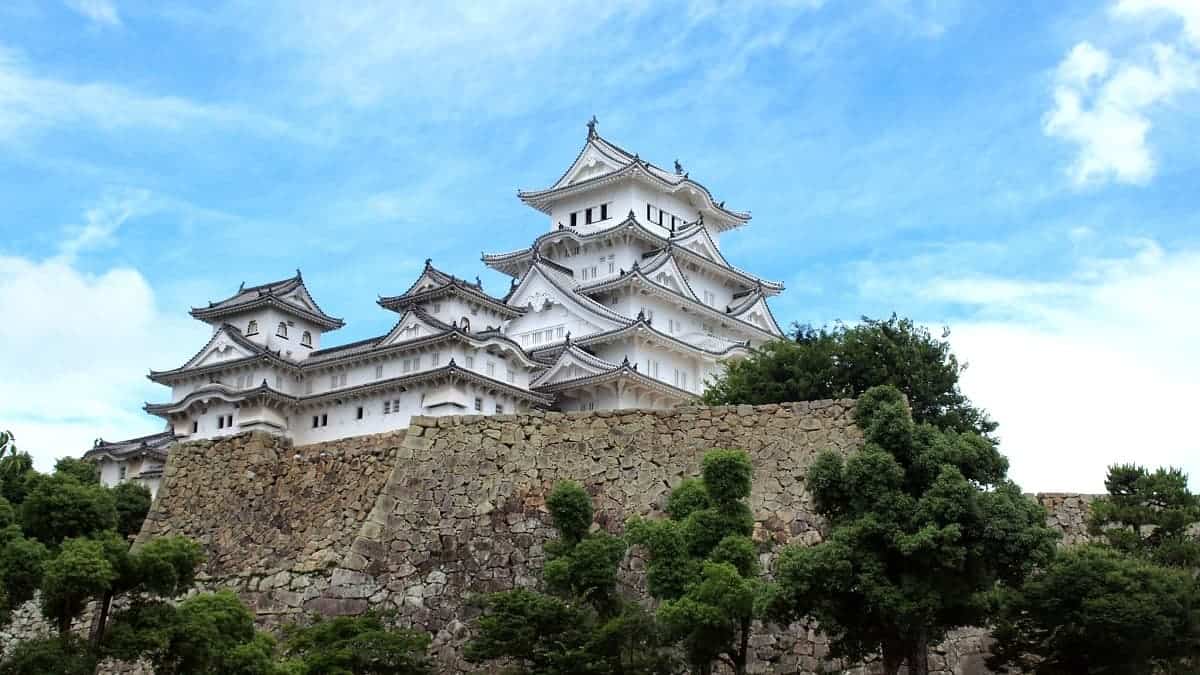
To some, Mount Fuji is the symbol of Japan. Others may see the symbol of Japan as typical professions such as sumo wrestlers, geisha girls, samurai and ninja.
Japanese-style castles may also be thought of as the symbol – in particular Himeji-jo Castle in Hyogo prefecture, which is part of the Kansai region (including Osaka and Kyoto). It is one of 12 castles in Japan having original castle towers and the only castle designated as a World Cultural Heritage Site.
At the castle, you can admire the architectural beauty and can feel the life of samurai and the local lord in medieval times and the early modern period. Remember to make a tour from Osaka and Kyoto to Hyogo (Himeji) when you travel around the Kansai region.
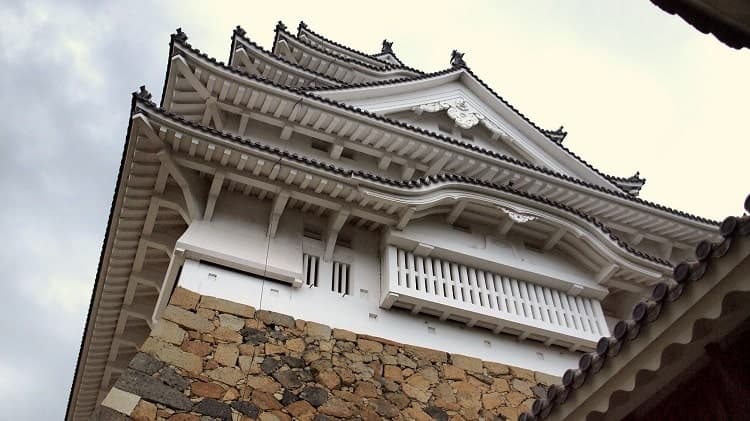
History of Japanese Castles
The history of Japanese castles is complex. From ditch-enclosed settlements in the Yayoi era (the 8th century B.C. to 3rd century) to Himeji-jo Castle completed in the 17th century, lots of lords of the time had created their own castles.
The castle towers or main buildings as the command and control center (they became a symbol later) appeared in 1550, according to written accounts.
At the peak from the 14th to 16th century, 30,000-40,000 castles existed throughout Japan. They dramatically decreased to a few thousand because Nobunaga Oda, a powerful military commander, ordered them to be destroyed.
His successors, such as Hideyoshi Toyotomi and Ieyasu Tokugawa, who were generalissimos in that time, had kept destroying castles to dominate the whole country.
In 1873 after the restoration of Imperial power in 1868, the new government also demolished many castles to obliterate a sign of the previous era. The number of castles having towers, called tenshu or tenshukaku, further decreased. Before WWII, they had been dwindling; and after the bombing strike of the war, seven castles were war-torn.
Only 12 Castles With Original Towers Remain
Also, one was burned down by an accidental fire, until finally, only these 12 castles having original castle towers remain: Hirosaki-jo castle in Aomori, Matsumoto-jo castle in Nagano, Inuyama-jo castle in Aichi, Maruoka-jo castle in Fuki, Hikone-jo castle in Shiga, Matsue-jo castle in Shimane, Bichumatuyama-jo castle in Okayama, Marugame-jo castle in Kagawa, Kuchi-jo castle in Kouchi, Matsuyama-jo and Uwajima-jo castle in Ehime, and Himeji-jo castle in Hyogo.
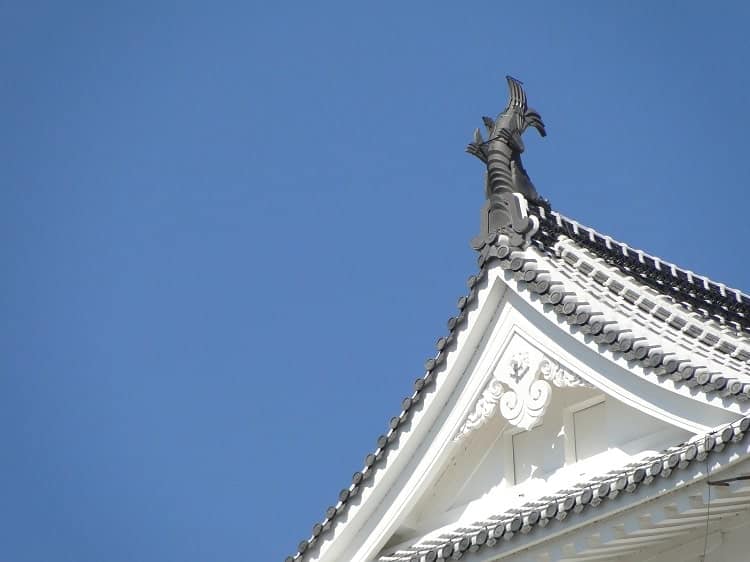
Only the 12 castle towers mentioned above have escaped any assaults or fires. But it is the tenshukaku of Himeji-jo Castle that wins the highest admiration due to the beautiful architectural design. The tower of the World Heritage Site looks like it has five stories at first glance, but actually, it has six stories inside and the first basement level.
The stone wall structure is 14.65 meters (about 48 feet) and the 31.5 meters (about 103 feet) castle tower sits on it. Two huge main pillars hold the building, which has stood for more than 400 years.
When you come to the Kansai region, spend a few days and take the time to visit the Himeji-jo Castle. Leave time in your schedule to wait for fair skies. All of the castle walls are white cement plaster and, in the sunshine, the castle shines.
Himeji-jo Castle is Nicknamed White Heron
Just after arriving at JR Himeji Station, the station closest to the castle, you can get a magnificent view of the castle through the tall modern buildings. The castle may look like its shining because the sunlight reflects from the white walls. Thus, the castle has the nickname White Heron.
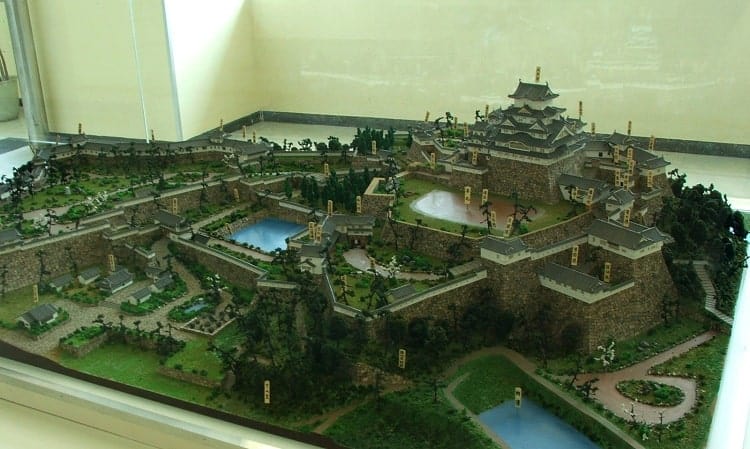
Visitors need two to three hours to walk around the entire site. The high spot of the castle is undoubtedly the lookout on the top, called tenshukaku. Each step to the lookout is also adventurous.
Himeji-jo Castle remarkably has a small shrine on the top floor and it is widely known to enshrine Princess Osakabe, a female specter. The castle is also known as the birthplace of Oiwa-san, another female specter.
The castle lord of the time had a concubine Oiwa-san and he sent her as a spy to his aide who tried to kill him with poison. The aide, however, discovered Oiwa-san’s wile and he decided to kill her. He needed some reason and wrongly accused her of losing one of his precious dish plates.
He cut her body with his sword and threw her body parts into a well on the site of the Himeji-jo Castle. After the savage killing, many people began hearing a voice from the well of a woman counting dish plates. The well still exists on the property of the Himeji-jo Castle.
If You Go to Himeji-jo Castle
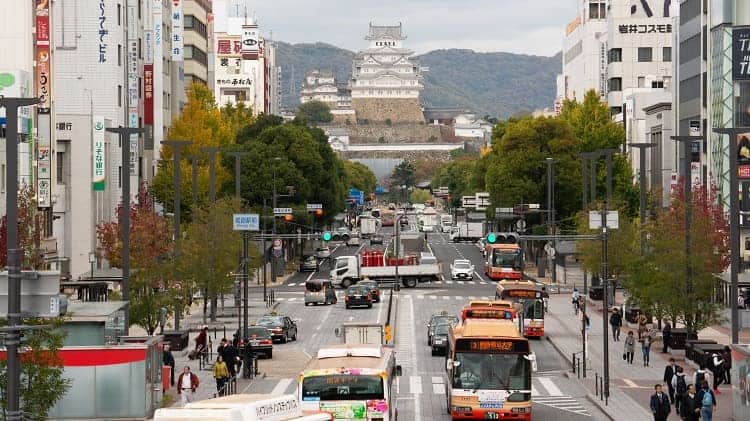
How to Get to Himeji-jo Castle
Himeji-jo Castle is in Himeji city, Hyogo prefecture. The capital of Hyogo is Kobe, and Kobe is on the eastern side of the prefecture. Himeji city is on the western side.
You can access JR Himeji Station by trains including the bullet train from JR Shin-Osaka Station. From Kyoto, it’s about a 1½-hour local train ride to Himeji. From Osaka via Kobe (Sannomiya Station), a 1 hour 10-minute local train ride takes you to Himeji. Both cost about 1,500 to 2,500 yen ($15 to $25) one way. From the North gate of the station, it’s about a 15-minute walk to the castle.
The World Heritage Castle at Himeji Castle is also known as a cherry blossom viewing site in the spring.
Do you love reading about different cultures? Then you must check out this article on Beads of Time
Author Bio: Masayoshi Sakamoto(坂本正敬)is a Japanese writer and translator based in Toyama, Japan. He writes news and columns for several publications and web magazines. He’s also preparing to be the editor-in-chief of a new regional online magazine, Hokuroku.
- 6 Reasons to Visit Riga, Latvia Any Time of Year - April 18, 2024
- Travel Guide to Austria - April 17, 2024
- Travel Guide to Italy - April 17, 2024
